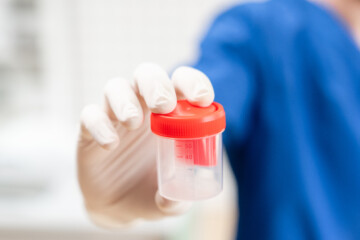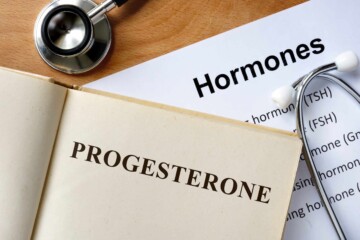What are all the fertility treatment options for lesbian couples?
In recent decades, UK law has afforded greater rights to LGBTQ individuals, opening up new options for parenthood to lesbian couples. Sperm donation, egg donation and IVF are all ways for lesbian couples to conceive and give birth to their own child, while loving parents wanting to adopt are always in demand.
There are many different factors to consider when opting for one route over another. Here we break down each of these options, giving you a better idea of how you might begin your journey to parenthood.
Sperm Donation
This would seem to be the most straightforward of LGBTQ fertility options, particularly for lesbians, for whom sperm is the missing piece of the fertility puzzle. Insemination of sperm can even be arranged informally at home if the couple has a willing donor, although this is not recommended.
It’s much safer to have a sperm donation through a professional clinic. They will screen the sperm, ruling out any donations with any sexually transmitted infections or genetic disorders.
Also, going through a clinic often affords lesbian couples greater legal protections. If a couple not in a civil partnership opt to have a sperm donation informally at home, only the mother giving birth will be the legal parent straight away. The non-birth mother will have to adopt the child to gain parental rights. If insemination is done at a clinic, on the other hand, both women will be recognised as mothers, even if they’re not in a civil partnership together.
IVF options
If a lesbian couple are having trouble trying to conceive with donor sperm, In vitro fertilisation (IVF) can sometimes be the only real option.
After a woman’s eggs or a donor’s eggs have been fertilised with sperm in a lab, the embryo is transferred to the woman’s womb.
The procedure was originally developed to help women with damaged fallopian tubes, but can also greatly help lesbian couples where one or more partners suffer with polycystic ovary syndrome (PCOS), endometriosis or repeated miscarriages.
Sometimes, a lesbian couple choose to have one partner’s eggs inseminated into the other partner’s womb. This option is sometimes known as reciprocal IVF.
This way, one woman is contributing biological material to the child and the other gives birth to the baby. It’s a popular way to ensure both women are deeply involved in the pregnancy, birth and life of the child.
Of course, egg donation might also be a requirement if both women are unable to produce viable eggs.
Adoption process
It’s only since 2005 that LGBTQ couples have been able to adopt, but now it’s no more difficult for them than it is for heteresexual couples – or heterosexual singles. The process takes around six months.
Everybody must be assessed by a social worker and have preparation training before they can adopt, but loving parents wanting to adopt are in great demand. In the UK, there are currently around 6,000 children waiting to be adopted, from all kinds of backgrounds.You can adopt through a local authority (regardless of whether you live there or not) or an adoption agency. If you want to explore adoption agencies, the First4Adoption agency finder can help.
Those couples looking to adopt should be aware that most children up for adoption are not babies. There are many school-age children looking for adoptive parents and around half are siblings who must be placed together.
Although it’s sometimes more challenging for lesbian couples to have a child together, science and society have now progressed far enough to make it a very real possibility. Different options will suit different people, but whichever route you choose, it’s important to know you have options to start your own family.






